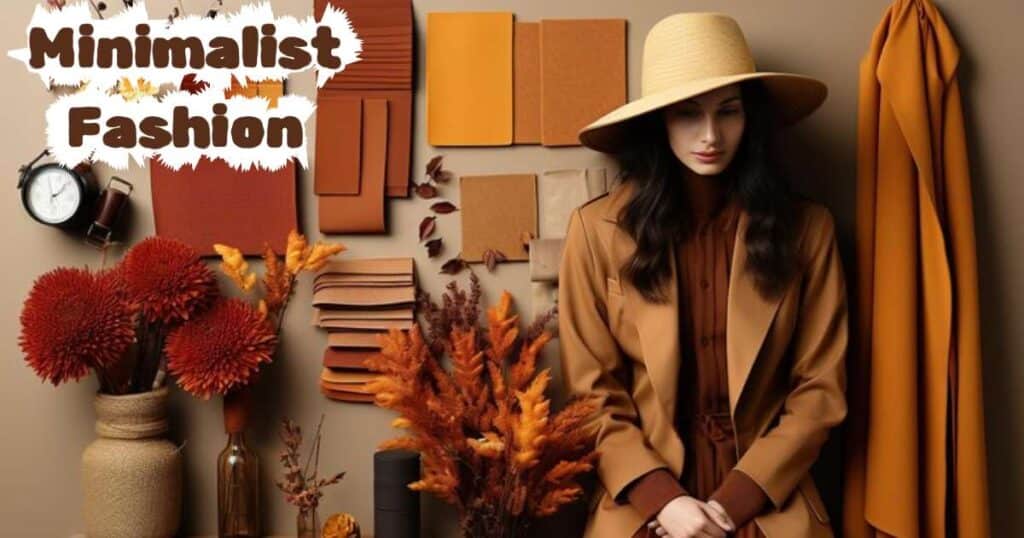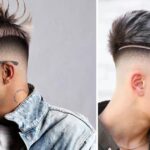In the ever-evolving world of fashion, minimalist style has emerged as a refreshing and sophisticated approach to personal expression.
Embracing simplicity, functionality, and timelessness, minimalist fashion offers a modern and sustainable alternative to the fast-paced cycle of trends.
This comprehensive guide will delve into the art of curating a minimalist wardrobe, mastering the minimalist aesthetic, and effortlessly incorporating minimalist style into your everyday looks.
Minimalist Aesthetic
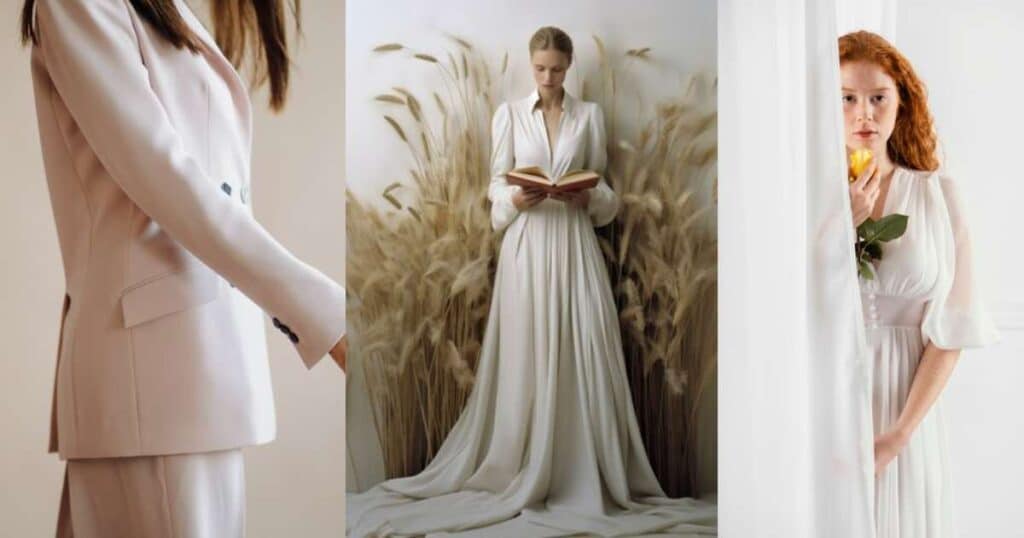
The minimalist aesthetic is rooted in the principles of simplicity, functionality, and versatility.
It’s a celebration of clean lines, basic shapes, and a neutral color palette that allows for endless mixing and matching opportunities.
Key Elements
- Simplicity: Minimalist fashion focuses on clean lines, basic shapes, and avoids complicated patterns or embellishments.
- Neutrality: A neutral color palette forms the foundation of a minimalist wardrobe, making it easy to mix and match pieces for cohesive outfits.
- Functionality: Comfort, versatility, and easy care are essential characteristics of minimalist clothing items.
- Quality over Quantity: Investing in fewer, high-quality pieces that will stand the test of time is a cornerstone of minimalist fashion.
- Timelessness: Prioritizing classic, lasting styles over fleeting trends ensures a minimalist wardrobe remains relevant season after season.
Principles of Minimal Aesthetic Outfits
- Less is More: Focus on impactful, versatile pieces that can be combined to create a variety of looks.
- Coordination: Ensure that your wardrobe pieces complement each other for a cohesive and polished aesthetic.
- Balance: Mix textures, shapes, and proportions to create visually balanced and harmonious outfits.
- Focus on Details: Elevate your minimalist outfits through attention to fit, tailoring, and fabric choices.
Curating Your Minimalist Wardrobe
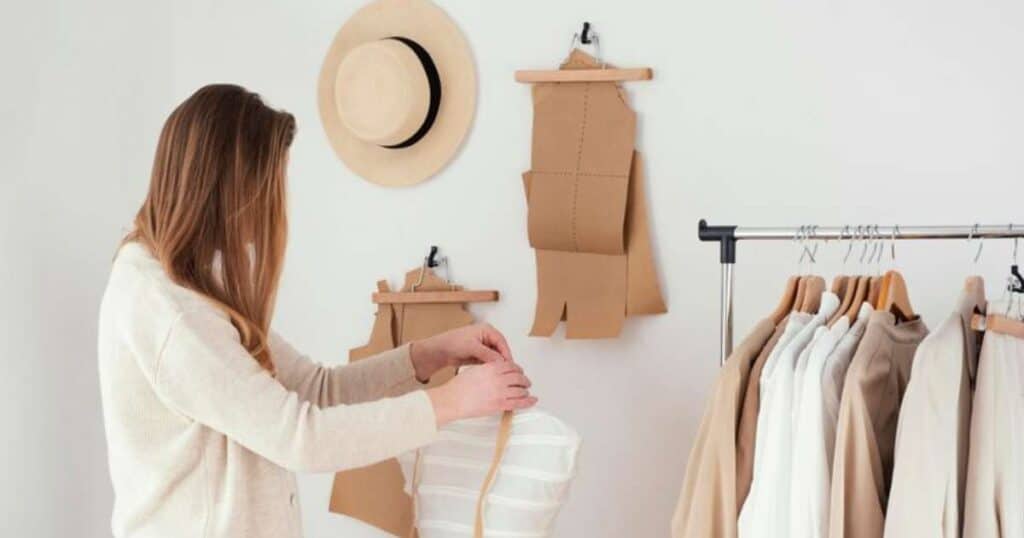
Building a minimalist wardrobe begins with understanding your personal style and selecting versatile essentials that serve as the foundation of your capsule collection.
Determining Your Personal Style
- Assess Your Current Wardrobe: Identify the pieces you wear frequently and make you feel confident and comfortable.
- Create a Mood Board: Gather inspiration from various sources, such as magazines, social media, or Pinterest, to visualize your desired aesthetic.
- Define Style Keywords: Use descriptive words that represent your desired style to guide your clothing choices.
- Consider Your Lifestyle: Choose clothing items that suit your daily activities, dress code, and climate.
Selecting Essential Minimalist Clothing Items
- Basic Tops: Invest in versatile tops in neutral colors for easy layering and combining.
- Bottoms: Choose classic and versatile trousers, jeans, skirts, and shorts in timeless styles.
- Outerwear: Select versatile and fashionable options like trench coats, denim jackets, and blazers that can elevate any outfit.
- Dresses and Jumpsuits: Include simple, adaptable dresses and jumpsuits that can transition from day to night or work to weekend.
- Shoes: Invest in high-quality, comfortable shoes in neutral colors that can be worn with various outfits.
- Accessories: Complete your wardrobe with simple accessories like belts, scarves, and bags that add interest without overwhelming the overall look.
Effortlessly Chic
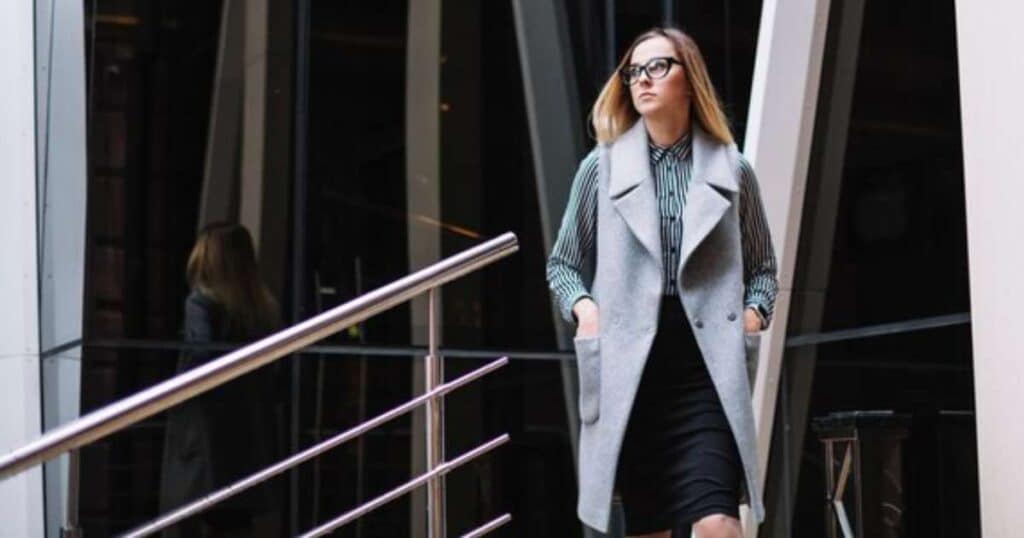
Achieving an effortlessly chic minimalist look is all about mastering the art of styling and making mindful choices.
Styling Techniques for a Minimalist Wardrobe
- Layering: Combine different pieces to create new looks and adapt to changing weather conditions.
- Mixing and Matching: Experiment with combining items in a cohesive color palette and coordinating textures, patterns, and silhouettes.
- Focal Points: Choose one standout piece and keep the rest of your look simple for a balanced and polished aesthetic.
- Accessorizing: Use simple accessories to elevate your outfit without overwhelming the overall minimalist vibe.
Minimalist Style Tips and Tricks
- Invest in Quality: Prioritize high-quality, well-constructed pieces that will last for years to come.
- Tailoring: Ensure your clothes fit well by investing in professional tailoring or alterations.
- Stick to a Color Palette: Develop a complementary color palette for your wardrobe to make mixing and matching effortless.
- Care for Your Clothes: Follow recommended washing and storage instructions to maintain the longevity of your garments.
- Embrace Versatility: Choose pieces that can seamlessly transition from day to night or work to weekend, maximizing their versatility.
Sustainable Minimalism

Minimalist fashion not only offers an aesthetic appeal but also presents an opportunity to embrace sustainable practices and reduce your environmental impact.
Benefits of Sustainable Minimalism
- Reduced Environmental Impact: Consuming fewer, high-quality items reduces the fashion industry’s environmental footprint.
- Financial Savings: Investing in timeless pieces can save money by reducing the need for frequent replacements and impulse purchases.
- Simplified Wardrobe: A streamlined, versatile wardrobe makes selecting outfits easier and more enjoyable.
- Mindful Consumption: Conscious shopping leads to a deeper appreciation for clothing and the craftsmanship behind each piece.
- Support for Ethical Practices: Purchasing from ethical brands promotes positive change in the fashion industry.
Eco-friendly Practices
- Buy from Sustainable Brands: Support brands that prioritize eco-friendly materials and ethical production methods.
- Opt for Second-hand: Purchase pre-loved clothing to extend garment life and reduce waste while often enjoying more affordable prices.
- Repair and Repurpose: Mend and transform garments to extend their life and utility.
- Choose Eco-friendly Materials: Seek clothing made from sustainable materials like organic cotton, tencel, or recycled fabrics.
- Mindful Disposal: Donate, sell, or recycle items responsibly to minimize waste and give them a second life.
Seasonal Minimalist Fashion
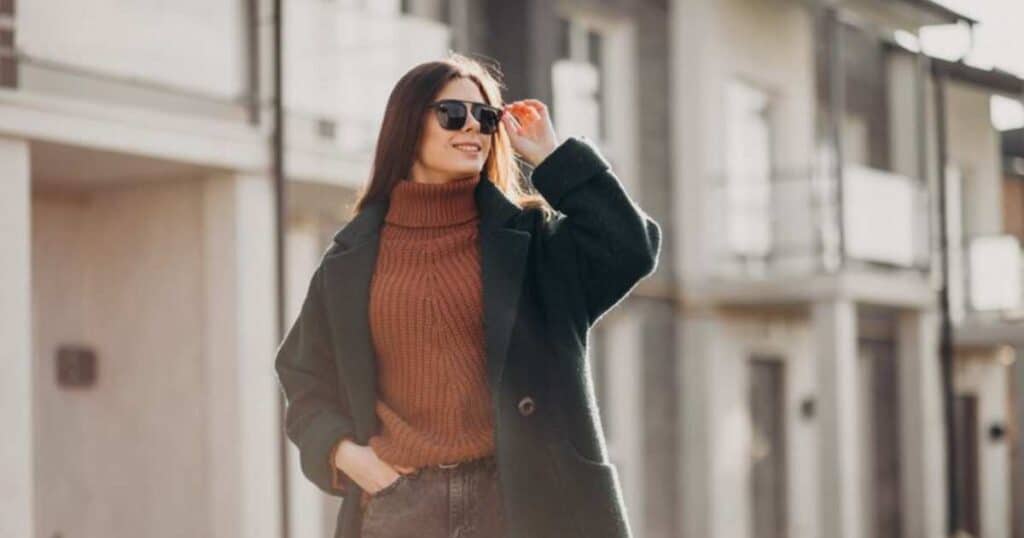
One of the key advantages of minimalist fashion is its adaptability to different seasons and evolving trends, allowing you to seamlessly transition your wardrobe without compromising your minimalist aesthetic.
Transitioning Your Wardrobe through the Seasons
- Layering: Utilize lightweight layers to adapt to fluctuating temperatures throughout the seasons.
- Versatile Outerwear: Invest in key outerwear pieces, such as a trench coat or denim jacket, that can be worn across multiple seasons.
- Seasonal Color Palettes: Incorporate seasonal hues while maintaining a cohesive color palette for your minimalist wardrobe.
- Footwear: Choose versatile shoes and accessories that can be worn in different weather conditions and seasons.
Embracing Minimal Fashion Trends
- Timeless Trends: Focus on timeless trends that can easily integrate into your existing wardrobe without compromising your minimalist aesthetic.
- Trendy Accessories: Use accessories to incorporate current trends without overhauling your entire wardrobe.
- Quality over Quantity: Prioritize well-made, high-quality items that will last beyond the current season or trend cycle.
- Subtle Trend Incorporation: Integrate trendy elements subtly by adding small, trendy touches to your existing minimalist wardrobe.
Minimalist Fashion Icons
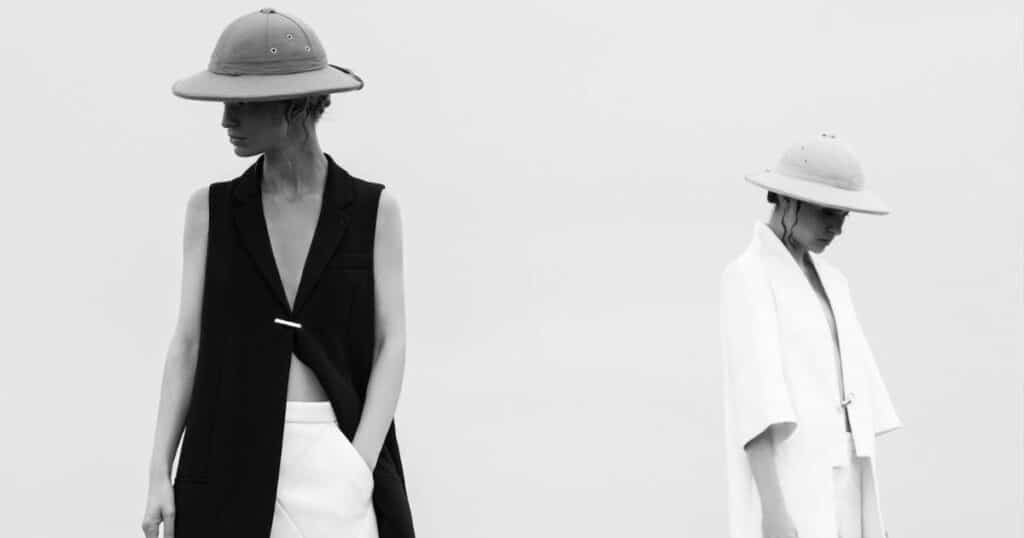
Minimalist fashion has been shaped by various designers and influencers who have embraced the principles of simplicity, functionality, and elegance, leaving a lasting impact on the fashion world.
Influential Minimalist Fashion Designers
- Coco Chanel: Revolutionized women’s fashion with her simple, elegant, and functional designs.
- Calvin Klein: Known for clean lines, neutral colors, and sophisticated minimalist designs.
- Jil Sander: A key figure in minimalist fashion, featuring sleek silhouettes and high-quality materials.
- Phoebe Philo: Renowned for minimalist designs that combine luxury and practicality.
Fashionable Minimalist Influencers to Follow
- Caroline Joy Rector (@unfancy): Shares insights on curating capsule wardrobes and embracing minimalist fashion.
- Anuschka Rees (@anuschkarees): Offers valuable advice on creating versatile, functional wardrobes.
- Brittany Bathgate (@brittanybathgate): Showcases understated yet chic minimalist fashion.
4. Signe Hansen (@useless_dk): Creator of Use Less, Signe promotes sustainable minimalist fashion, utilizing eco-friendly practices and recycled materials in her stylish outfits.
Minimalist Accessorizing

Accessories can add subtle details to outfits without detracting from the overall minimalist aesthetic. The key is to choose pieces thoughtfully and incorporate them in a balanced way.
Choosing Minimalist Accessories
- Quality over Quantity: Invest in versatile, high-quality accessories that will stand the test of time.
- Timeless Designs: Opt for classic accessories with timeless designs that go beyond fleeting trends.
- Versatility: Select accessories that can be worn with multiple outfits and styles for maximum versatility.
- Subtle Details: Look for understated yet interesting details that add visual interest without overwhelming the minimalist look.
Incorporating Minimalist Fashion Styles
- Less is More: Choose a few carefully selected accessories to complement your outfits, avoiding over-accessorizing.
- Balance and Proportion: Maintain harmony between your accessories and outfit by considering balance and proportion.
- Color Coordination: Stick to a cohesive color palette for your accessories to ensure a polished and coordinated look.
- Layering: Layer accessories, such as stacking bracelets or necklaces, to add depth and dimension without overwhelming the overall aesthetic.
Minimalist Outfit Ideas: Work To Weekend
One of the benefits of embracing minimalist fashion is its versatility, allowing you to create outfits suitable for various occasions and lifestyles, from the office to casual weekend plans.
Minimalist Outfits for the Workplace
- Tailored Suit: Pair a neutral-colored suit with a simple blouse or turtleneck for a polished and professional look.
- Pencil Skirt and Blouse: Combine a fitted pencil skirt with a classic button-up blouse for a timeless and chic office ensemble.
- Wide-leg Trousers and Blazer: Pair wide-leg trousers with a coordinating blazer for a modern and sophisticated workplace outfit.
- Shift Dress: Wear a knee-length shift dress accessorized with subtle jewelry and pumps for a effortlessly chic office look.
Casual Minimalist Outfit Ideas
- Jeans and a White Tee: Pair well-fitted jeans with a classic white t-shirt and accessorize with minimalist pieces for a casual yet stylish look.
- Sweater and Midi Skirt: Combine an oversized sweater with a midi skirt in neutral colors for a cozy and chic weekend outfit.
- Jumpsuit: Style a solid-colored or subtly patterned jumpsuit with minimal accessories for an effortless and versatile casual look.
- Wide-leg Pants and a Simple Top: Pair wide-leg pants with a fitted top in neutral colors for a comfortable yet put-together weekend ensemble.
Women’s Minimalist Fashion: Essentials & Styling Tips
Minimalist fashion offers modern women a versatile, timeless, and elegant wardrobe. By curating essential pieces and employing styling techniques, you can create a variety of minimalist outfits for various occasions and lifestyles.
Essentials
- Basic Tees: High-quality, well-fitted neutral-colored t-shirts that can be dressed up or down.
- Button-up Blouse: A neutral-colored, timeless blouse that can be styled in various ways for versatility.
- Tailored Blazer: A neutral-shade, well-fitted blazer that adds sophistication to any outfit.
- High-quality Jeans: Well-fitted, timeless styles like straight-leg or skinny jeans in dark washes for easy pairing.
- Simple Dresses: Neutral-colored, well-fitted dresses in timeless silhouettes that can transition from day to night.
- Classic Outerwear: Investment pieces like trench coats or wool coats that elevate any minimalist ensemble.
Styling Tips
- Focus on Fit: Ensure clothing fits well and flatters your body shape for a polished and confident look.
- Embrace Monochromatic Looks: Experiment with varying shades of the same color for a cohesive and striking minimalist outfit.
- Layer Strategically: Add depth to outfits by layering a base layer with a cardigan, blazer, or coat.
- Accessorize Minimally: Choose a few high-quality accessories to complement your outfit, avoiding over-accessorizing.
- Mix and Match: Combine essential pieces to create new and interesting combinations for various occasions and styles.
Minimalistic Style Color Coordination Guide
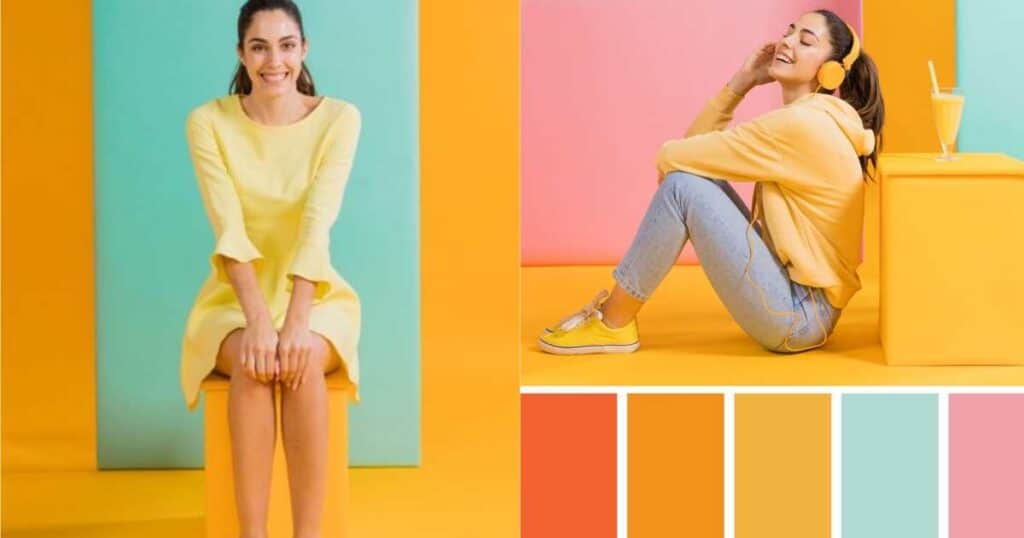
A well-coordinated color palette is crucial for creating cohesive and visually appealing minimalist outfits.
By selecting a simple and versatile color scheme and utilizing strategic color coordination techniques, you can achieve harmonious and stylish ensembles that exemplify the minimalist aesthetic.
Selecting a Minimalist Color Palette
- Focus on Neutrals: Base your wardrobe on neutral shades like black, white, gray, beige, and navy.
- Incorporate Subtle Colors: Add variety with soft pastels, earth tones, and desaturated hues that complement your neutral base.
- Limit Bold Colors and Patterns: Choose a few statement pieces in bold colors or patterns that complement your overall color scheme.
Color Coordination Techniques
- Monochromatic Outfits: Create cohesive looks using varying shades of the same color for a polished and minimalist aesthetic.
- Color Blocking: Pair two or more solid colors for striking contrast, using a limited palette and simple garments.
- Analogous Colors: Pair adjacent colors on the color wheel for a harmonious and visually appealing outfit.
- Balance and Proportion: Consider color balance and proportion when coordinating your outfit to maintain a minimalist and polished look.
Minimalism in Fashion: Evolution & Future Trends
Minimalism in fashion has taken many forms over time, influenced by various art, design, and cultural movements, as well as the changing needs and values of society.
Let’s explore the history of minimalism in fashion and discuss predictions for its future evolution.
History
- Early Influences: The Modernist art movement and Bauhaus school emphasized simplicity and functionality, which influenced early minimalist fashion.
- Post-WWII Fashion: Designers like Coco Chanel and Audrey Hepburn promoted pared-down, elegant styles that embodied minimalist principles.
- 1990s Resurgence: Designers such as Jil Sander, Helmut Lang, and Calvin Klein created simple, unadorned designs and neutral palettes, reviving minimalist fashion.
Future Predictions
- Continued Focus on Sustainability: Minimalist brands will increasingly emphasize environmentally friendly materials and production processes.
- Increased Emphasis on Versatility: Minimalist clothing brands will prioritize adaptability and multi-functional designs for seamless transition between occasions.
- Personalization and Customization: Minimalist brands may offer made-to-measure clothing and custom options to cater to individual preferences.
- Technological Advancements: Future minimalism may incorporate innovative materials and construction techniques for enhanced functionality and longevity.
Minimalist Fashion: Textile & Texture Selection
Choosing the right fabrics is crucial for achieving a minimalist wardrobe that is both aesthetically pleasing and functional.
High-quality, versatile textiles contribute to the overall aesthetic of your outfits while ensuring their longevity and comfort.
Importance of Fabric Choice in Minimal Style Fashion
- Comfort and Functionality: High-quality fabrics enhance clothing comfort and practicality, aligning with the minimalist emphasis on functionality.
- Durability: Well-chosen fabrics ensure longer-lasting garments, supporting the minimalist principle of quality over quantity.
- Aesthetic Appeal: Texture and appearance influence the overall aesthetic of minimalist outfits, reflecting the emphasis on simplicity and refinement.
Selecting the Best Textiles for Your Minimalist Wardrobe
- Natural Fibers: Choose cotton, linen, wool, and silk for breathability, durability, and eco-friendliness.
- Blends and Synthetics: Consider blended or synthetic fabrics for specific purposes, such as cotton-polyester blends for easy care or performance fabrics for active wear.
- Seasonal Considerations: Opt for season-appropriate fabrics, such as lightweight linen for summer and insulating wool for winter.
- Texture and Drape: Focus on smooth, refined materials with a flattering drape to achieve clean lines and simple silhouettes characteristic of minimalist fashion.
Decluttering & Maintaining A Minimalist Capsule Wardrobe
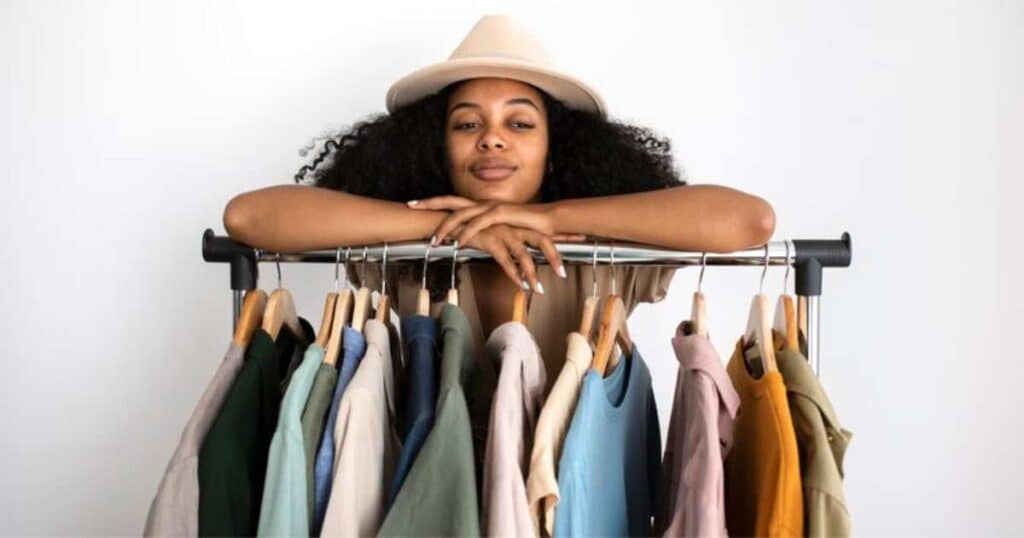
Embracing a minimalist approach involves not only curating a collection of essential, versatile clothing items but also decluttering and maintaining your wardrobe to ensure it remains a reflection of your personal style and values.
Tips for Decluttering Your Capsule Wardrobe
- Assess Your Wardrobe: Evaluate each item’s condition, fit, and alignment with your personal style to determine what to keep or discard.
- Define Personal Style: Identify the essential components of your minimalist aesthetic to make informed decisions about what to keep.
- Use the “One-in, One-out” Rule: Maintain a manageable collection by letting go of an item for every new addition.
- Donate, Sell, or Recycle: Responsibly dispose of unwanted items by donating, selling, or recycling them.
- Organize Remaining Items: Use closet organizers and storage solutions to create a clean and accessible space for your minimalist wardrobe.
Maintaining a Minimalist Wardrobe Over Time
- Shop Mindfully: Prioritize quality and versatility when making new additions, ensuring they align with your personal style and minimalist principles.
- Regularly Review Your Wardrobe: Periodically assess items to maintain a current and functional collection.
- Invest in Clothing Care: Follow recommended laundering instructions, repair damages, and store garments properly to extend their lifespan.
- Embrace Versatility: Incorporate items that can seamlessly transition between occasions, seasons, and trends.
Also Read this Post:
Conclusion
In conclusion, minimalist fashion is a powerful and meaningful way to express your personal style while being mindful of the environment and your wardrobe’s impact.
By investing in high-quality essentials, focusing on versatility, and adopting sustainable practices, you can enjoy the benefits of a simplified wardrobe that seamlessly transitions between occasions and lifestyles.
Embracing minimalist fashion allows you to redefine your relationship with clothing, promoting a clutter-free and sustainable approach to fashion.
Whether you’re curating a capsule wardrobe, mastering the minimalist aesthetic, or incorporating eco-friendly practices, this comprehensive guide equips you with the knowledge and tools to embark on your minimalist fashion journey.
So, go ahead and embrace minimalist fashion as a stylish, eco-friendly, and clutter-free way to express your individuality while aligning with your values. Remember, less is truly more when it comes to minimalist style.


